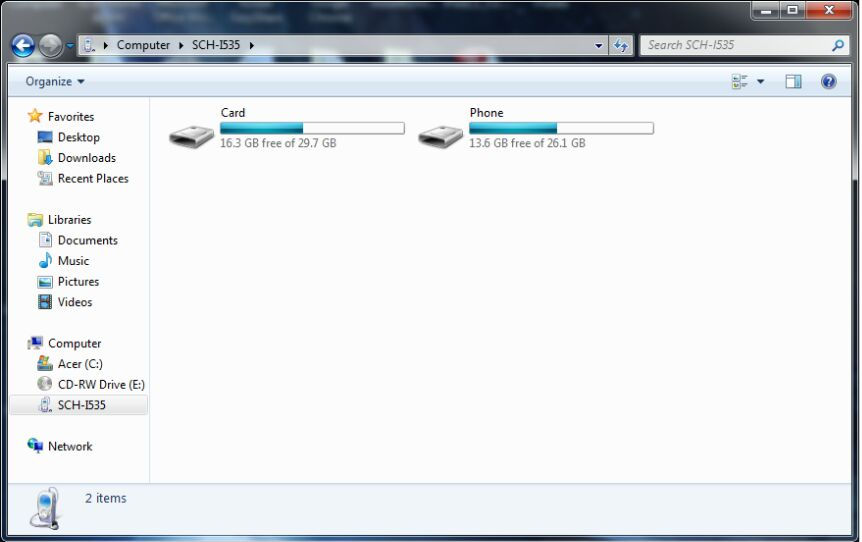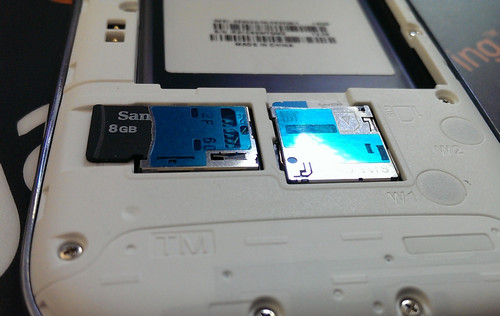How to Fix MicroSD Card Not Detected By Android Phone
In this article, we have provided some of the main solutions for when your microSD card isn’t being read by your smartphone.
Your microSD card may not be working for a variety of reasons, although in most cases, it’s related to a hardware fault or incompatibility. In one instance, it could be related to a software issue, which can be fixed with access to a PC or laptop.
Follow the methods provided below to resolve your microSD issues.
Method 1: Check to See if It’s Broken
Our first method will help you to determine whether your microSD is still working or not. Like any piece of electronics, the circuit on a microSD card can be broken with exposure to water, heat or general physical damage.

To determine whether your microSD card still functions, you will need to insert the card into a PC or laptop. Most laptops and PCs have slots for microSD cards. If not, you will need to purchase an adapter from Amazon. An SD card adapter can be utilized when your PC has a full-sized SD card slot but not a microSD card slot. A USB adapter will be necessary if your PC does not have either SD card slot.
If the SD card is still working, it should appear on your PC. As an example, from Windows you can click the library button and then click ‘My PC’ to see the connected SD card.
If it’s not appearing, your SD card is most likely broken.
Method 2: Format the Card Correctly
If your smartphone isn’t reading your microSD card, yet you know the card is working, you might need to format it properly. We have prepared a brief, step-by-step guide below to teach you how to reformat your microSD card using Windows.
- Download Fat32Formatter here.
- Open the program and choose the correct SD card drive.
- In the ‘Size’ box, enter the same number as the maximum size shown.
- Press Start – let the formatting complete before removing the microSD card from your PC.

The above method fixes the main software issue that can stop your microSD card from working – if it does not work, we’d suggest trying some of the hardware fixes listed below.
Method 3: Use an Official Battery
If you’re not using an official battery for your smartphone, you should replace your battery for an official version.
If you do not use an official battery, the one you use may not provide the microSD card with the power it needs to run efficiently. Occasionally, larger batteries can also block the connection that the microSD card needs to make with the microSD card slot. Though this is rarely the cause of a microSD malfunction, it’s worth trying if you have an official battery available.
Method 4: Fix & Clean Connections
In some cases your microSD card may need to be cleaned. More likely though, the connection on your smartphone that the microSD card connects to may be dirty or slightly bent. In this case, it may be difficult for you to get your microSD to connect properly.

You can clean your microSD card with a small amount of cleaning alcohol or water. Make sure to dry the microSD thoroughly before using it again.
Follow these steps if you own a smartphone that has a SIM tray:
- Take out the SIM tray and put your microSD card and SIM card to the side.
- If there’s any dirt on your SIM tray, clean it out.
- Make sure the SIM tray isn’t bent – you may need to order a replacement if it is.
- Place your SIM card and microSD on the SIM tray, ensuring that both cards are aligned properly.
- Re-insert the SIM tray.
Follow these steps if you own a smartphone that doesn’t have a SIM tray:
- Take the back cover off of your smartphone and remove the SIM card and microSD card.
- You can use alcohol or a small cloth to clean out the microSD card connections.
- If the microSD card slot is slightly bent, try to carefully bend it back into place.
Hopefully after following these methods your microSD card will now be picked up by your smartphone.